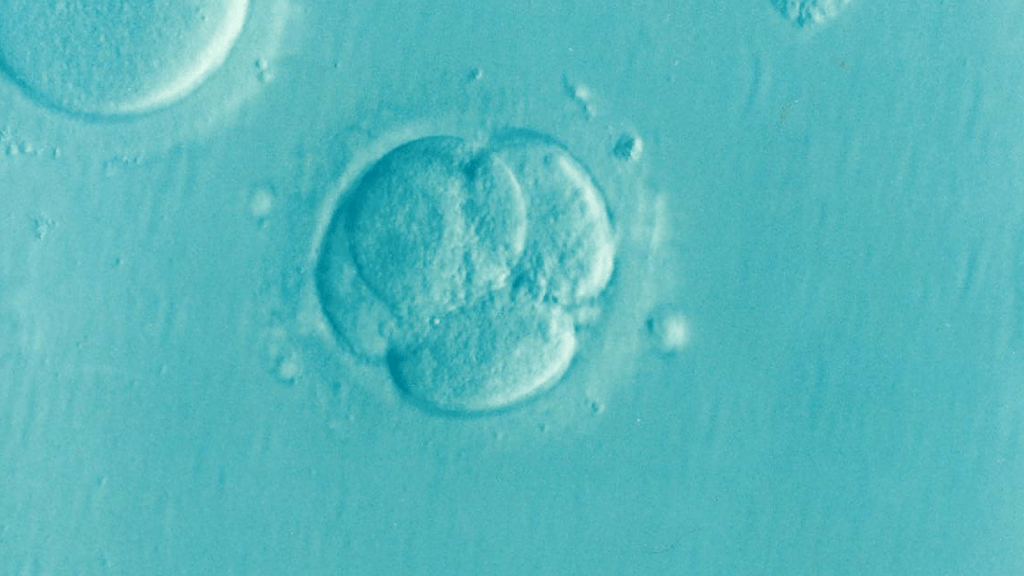A team of researchers from the Free University of Brussels (VUB) has developed a technique which doubles the chances of becoming pregnant via in vitro fertilisation (IVF).
The technique examines the cells which make up the outer layer of the ovum, or the corona, which contains a great deal of information on the health of the egg-cell. When ova are harvested as part of the IVF process, doctors are now able to select the ova with the best chance of success for re-implantation in the uterus.
At present, the chance of becoming pregnant via IVF is around 30%; using the Corona Test the chances increase to around 60%.
According to the team from the university hospital in Jette, which is a world centre for fertility treatment, the increased chance of success brings not only its own rewards, but also takes a lot of the pressure out of the whole IVF procedure. Typically, a woman has to be monitored closely throughout her entire fertility cycle, take drugs which stimulate ovulation, and respond immediately the moment ovulation takes place, so that egg cells can be harvested, fertilised in vitro by sperm cells, before being reintroduced in utero in the hope they begin to grow into an embryo.
If, as happens in 70% of procedures, the process is unsuccessful, the whole cycle has to begin again. With the doubling of the chances of success, the process of becoming pregnant not only becomes less traumatic, it also ends up costing less.
The Corona Test is already available for use, and the team promises to keep the cost at an affordable level. “We want to give more couples access to fertility treatments with fewer attempts,” the team said.
Alan Hope
The Brussels Times

